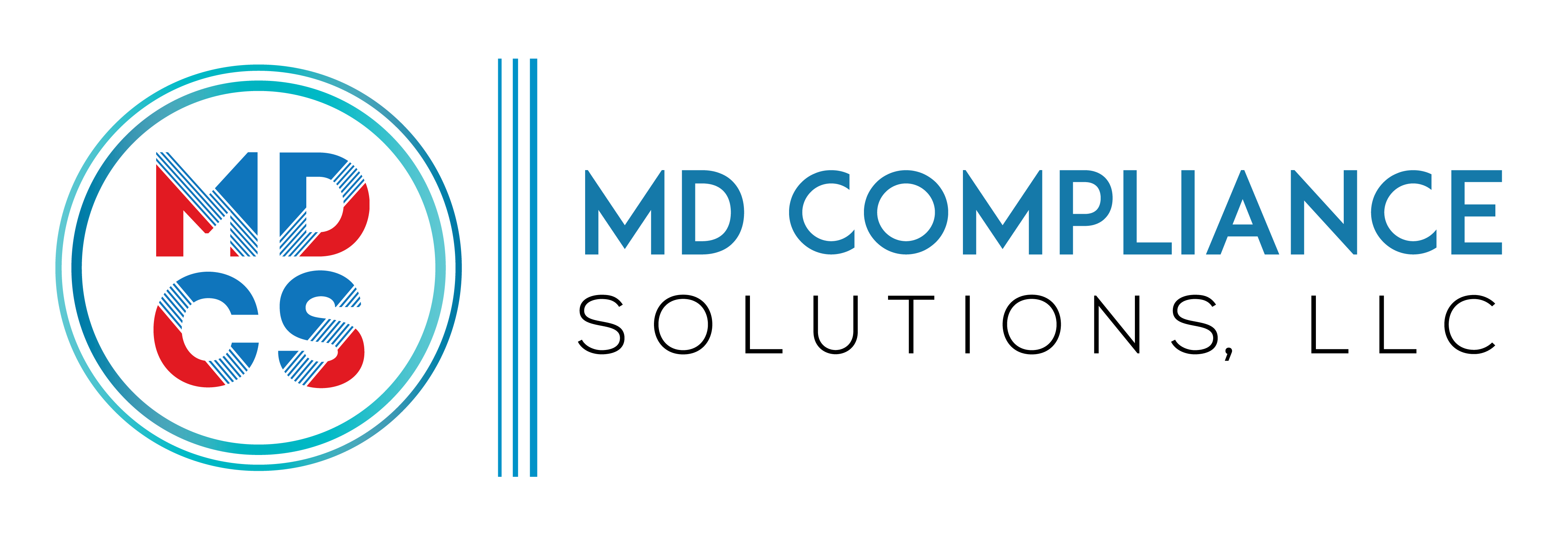Table of Contents
To address the ever-increasing expense of healthcare and deliver optimal medical care to Medicare beneficiaries, the Centers for Medicare and Medicaid Services (CMS) created different payment methods. One such strategy that encourages affordable healthcare is the capitated model.
Healthcare practitioners are paid a specific amount per patient for a predetermined length of time under the capitation form of medical billing, regardless of the services rendered. To put it another way, this payment model pays doctors a set sum for each patient, regardless of the number of services they do or the frequency of patient visits. In accomplished care plans, including health maintenance organizations (HMOs), capitation is employed in an effort to maintain cost-effectiveness without sacrificing quality of service. Capitation may be used by certain PPOs (Preferred Provider Organizations) for specific provider networks or services.
The way capitation operates is by allocating a specific number of patients to a medical expert or group of professionals. Then, irrespective of the services rendered, the provider or group is paid a set sum for each patient. The patient’s medical history, age, gender, and other variables determine how much is compensated. The patient must get all essential medical care from the healthcare provider or organization, including routine checkups, preventative care, and any necessary treatments or procedures.
Capitation in the USA
In the primary capitation, when a primary care physician chooses to be paid directly by the managed care organization for patients who have chosen them as their provider.
In the secondary capitation, relationships between a physician and specialized provider, like an X-ray facility or an ancillary facility like a supplier of durable medical equipment, are arranged by a managed care organization and are paid capitation based on the PCP’s enrolled membership. With global capitation, a provider serves the entire network’s membership and receives payment on a monthly basis.

How Does Capitation Works?
Fixed Payment: The payer consents to give the provider a set monthly or annual payment for each patient. This sum is determined by taking into account the patient population’s anticipated healthcare demands, the provider’s location, and the kinds of services that are provided.
Contractual Agreement: A payer (such as an insurance company or government agency) and a healthcare provider (such as a doctor, clinic, or hospital) enter into a contract that specifies the terms and conditions of the financial connection between a healthcare provider and a payer. A contractual agreement is necessary to establish a clear and legally binding foundation for capitation arrangements in medical billing.
Risk Assumption: The provider takes on the financial risk related to providing patient care. The provider bears the loss if the real cost of care is higher than the capitation payment. On the other hand, the provider keeps the difference if the cost is less.
Pros and Con’s of Capitation in Medical Billing
Healthcare providers and patients may experience advantages and disadvantages from the intricate payment arrangement known as capitation. There is a chance of under- or over-treating patients, even though it can encourage efficiency and enhance patient outcomes.
| Benefits of Capitation | Drawbacks of Capitation |
| Capitation has the benefit of encouraging medical professionals to concentrate on illness management and preventative care. Providers have an incentive to keep their patients healthy and away from costly medical treatments because they are paid a set amount per patient. Long-term, this may result in reduced healthcare costs and improved patient outcomes. The providers’ revenue stream is steadier, which lessens their financial uncertainties. | In order to optimize revenues, providers can be inclined to under treat patients, or to over treat in order to guarantee sufficient compensation. |
| Since they are not paid more for more services, capitation incentivizes healthcare providers to offer care more effectively and cut down on unnecessary ones. | Healthcare professionals may also feel under pressure to curtail the services they offer in order to keep within the set capitation amount, which can lead to a conflict of interest. This may result in a decline in patient satisfaction or care quality. Providers may be compelled to compromise the quality of their care if they get inadequate compensation. |
| Improved patient outcomes result from providers being encouraged to concentrate on preventive treatment and successfully manage chronic illnesses. | The set payment may limit the flexibility with which providers can deliver specialized or experimental treatments. |
| Providers receive a flat payment instead of being billed for individual services, which simplifies the billing and claims procedure. | Since providers will not get paid for treatments that cost more than the set capitation rate, it may financially disincentive them to offer costly or time-consuming procedures. Some patients may experience under treatment or treatment delays as a result of this, especially those with chronic or severe medical illnesses. |
Capitation models frequently incorporate risk-sharing and quality-of-care incentives to help offset these possible drawbacks. Healthcare practitioners could be rewarded for meeting specific quality-of-care benchmarks, such patient satisfaction or health outcomes. Furthermore, certain capitation models incorporate risk-sharing agreements, in which healthcare providers assume a portion of the financial risk related to patient care.
This can guarantee that healthcare professionals are incentivized to deliver superior care while simultaneously proficiently handling expenses. Capitation may be used by certain Medicaid programs and Medicare Advantage plans. Moreover, in reinsurance physician contracts are avoided by re-insurers because they feel that if doctors feel they can get away with charging more than they have to for premiums, they will likely return to the same kind of overspending that fee-for-service payment models promote.
Wrap Up
Capitation is a payment model that is employed in managed care plans, wherein healthcare providers get a fixed payment for each patient for a certain period of time, irrespective of the services rendered. Although capitation can promote illness management and preventative care, it can also financially disincentivize doctors to offer specific treatments and possibly result in conflicts of interest. Capitation can be a useful tool for controlling healthcare costs while preserving patient quality of treatment by including risk-sharing plans and quality-of-care incentives.
Capitation in medical billing can be effectiveness is determined by a number of elements, including the contract’s precise provisions, the provider’s risk management capabilities, and the overall health of the patient population.
Read More: Know the Difference: Upcoding and Downcoding in Medical Billing


